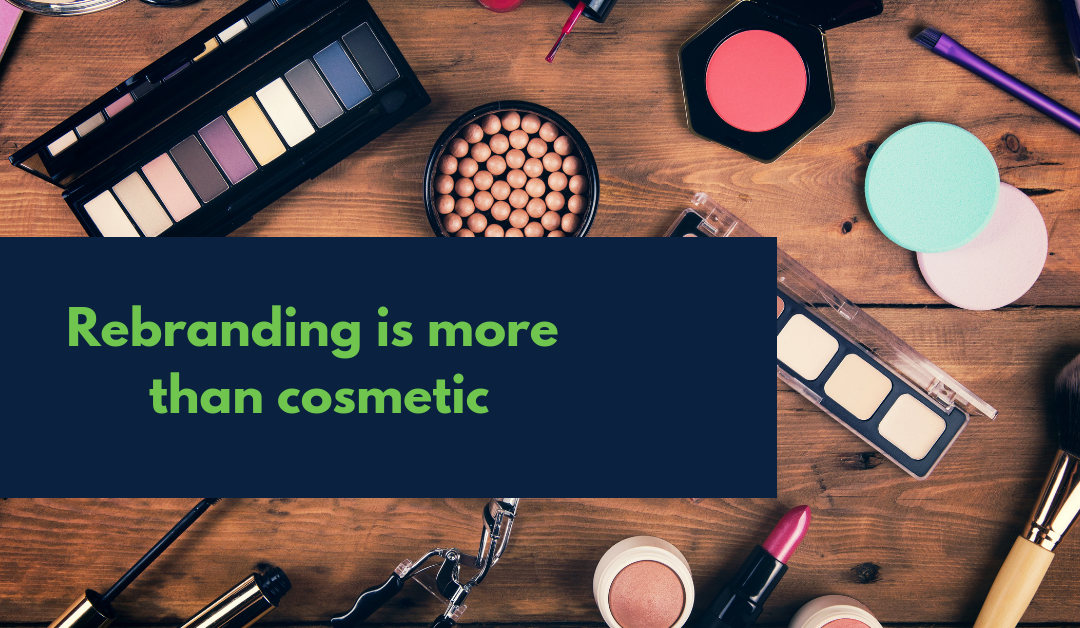“We’re thinking of rebranding.” It feels like I hear this more and more. That and the recent publicity stunt by IHOP has emphasized a need for a little Brand 101. I find there are a number of definitions and meanings of the word “brand.”
What is a brand?
The dictionary defines a brand as a type of product manufactured by a particular company under a specific name. It also describes it as an identifying mark burned on livestock. It can be used as a noun or verb, but unfortunately, the dictionary only begins to unwrap the meaning a brand has in business. Language has a way of evolving when brought into a new environment. The same words quite possibly have entirely new or different meanings.
First, there were cattle ranchers using brands to identify their stock. As packaged goods grew, companies “branded” their products to indicate the source. This is how the newly formed Coca-Cola Company got customers to reach for their product in a market crowded with soda producers. So, yes, in many ways, the word “brand” still matches the definition offered.
But somewhere late in the 20th century, a shift happened. Marketers began to suspect there was “something more” to this thing called a brand. There was a feeling that a brand could mean the sum of the products attributes and intangible qualities and that the mark only served as a signal to start that emotional process. As marketers, we now realized that a brand was living in both the minds AND hearts of customers.
Why would want to rebrand?
Having now fully exposed my opinion of what a brand indeed is, I also must share the moment I forgot my own words. At the time, I was leading the brand development of a 20-year-old regional company. We had started working through some rebranding and refreshment of the company’s existing products and introducing new ones that customers well loving. Encouraged by this success, I felt the next step would be to rebrand the company. I bravely broached the topic with the chairman. He was thoughtful for a moment, and then he gave me the direction that made me realize, I had been drunk on rebranding and had forgotten what a brand was. “When this company IS a different company,” he said, “you can rebrand it.” Lesson learned again.
None the less, companies do still find themselves with the desire to rebrand. The first question to ask is, “Why?” Typically, I have seen the answers fall into a few categories.
- New ownership or management team has come in. They want to make a change (, and in some cases, there is a need to change. A brand launch creates news.
- The brand is dated and past its prime. This is often the case if you look at the once-great themed casinos that sprouted up all over the country. These aged environments don’t have the same spark as the newer less-themed competitors.
- There is a new product developed that does not match the existing portfolio. To add it to the collection would do a disservice to all the products and customers.
- The company or product merely has changed and is no longer matching the same brand promise as it once was. Conversely, perhaps the customer profile has changed, and the existing brand no longer resonates with the same strong bond as before.
- You need to differentiate yourself in a way your current brand does not or is blending in with other brands.
- We’ve got money; let’s do something different.
- Someone has come up with an idea for a publicity stunt. I’m looking at you IHOP.
Before you can put a new name on something, you need to be ready to deliver something new, not just the same thing with a new name. Sometimes that delivery requires significant investment beyond the development of a logo, such as new signage, updating marketing materials, new uniforms, training, etc.
The bottom line is that rebranding is not merely a logo project.
A version of this column appeared in the Setpember 2018 issue of Biz New Orleans.


Recent Comments